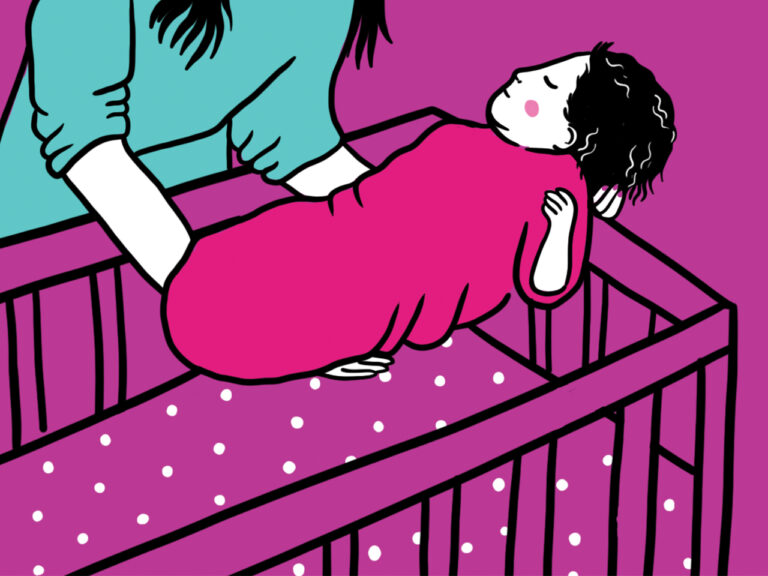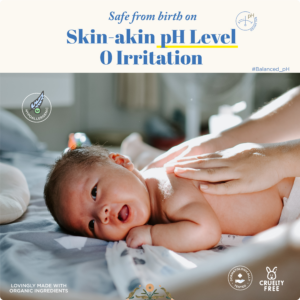Bath toys are fun and fantastic! They help prevent bath time battles, develop motor skills, and are often the cutest way to distract the young during shower time.
Who doesn’t love a water fight with squirty rubber ducks? Unless yours are filled with mold and, instead of a nice clean stream of water, they fire black slime (gross – but not unlikely) across the tubby. Bath toys can grow biofilm (a thin, slimy layer of microbes) in weeks or even as quickly as days.
Cleaning them can be a concern as you’ll need to use something good at killing mold but won’t damage your baby’s skin. But how do these toys get so funky? Well! The main reason is simply because people often don’t clean them. After all, your dishes or clothes would also get pretty funky after a few weeks without washing.
The fact is microbes need moisture and food to grow, and they get some of the nutrients from the plastic that the toys are made from — especially flexible plastic that can leach organic carbon that bacteria can use as food. But because the toys are typically also in a bath with the kids, they can get additional nutrients from dirt, body fluids, and even some degradable soaps and shampoos. Then, the result is a complex microbial community of fungi and bacteria.
Although the safety risk for healthy kids is small, there are some documented cases of kids getting sick from their bath toys. Parents should avoid squirting water from bath toys onto their kids unless cleaned thoroughly, as they can cause eye, ear or other infections. While regular cleaning of toys is essential, if a toy smells or is visibly dirty, it’s a clear sign for a deep clean.
How often should bath toys be cleaned?
Wouldn’t it be great if your baby’s toys’ daily bath was enough to keep them clean and mold-free? Unfortunately, your bathroom’s warm, humid environment is perfect for mold, particularly if the toys are left with standing water inside.
Daily
After every bath time, you should:
- Squeeze out water stuck inside the toys
- Rinse thoroughly with soapy water
- Leave the toys in a place that’s ventilated and where they can air dry
- If your child is immunocompromised, you may wish to wipe the toys with disinfectant wipes
Weekly
Once a week, you should:
- Scrub the outside of the toys with soap and water and thoroughly disinfect them
- Clean the inside of the squirting toys to prevent mold growth
Here’s all you need to know about how to clean bath toys effectively and safely.
Visible dirt, sick-kid germs, or potential growth that the eye cannot see, it’s a good idea to use at least one, if not all, cleaning methods from time to time to keep germs and mold at bay.
We have put together 3 most common and safest ways to disinfect and clean bath toys- the most popular and easy-to-do by removing any visible dirt from their surface. Scrub with a toothbrush, dish soap and warm water should take care of most grime. Bleach is the most effective product for the job, but it can be harsh and sometimes damaging. Vinegar is less effective but a more gentle option. You can also use it to clean wooden toys.
How to clean toys with vinegar?
Dilution: Equal parts vinegar and water
Method:
- In a big-sized tub, mix equal parts of vinegar and water.
- Squeeze each toy individually under the vinegar solution.
- Submerge all the toys and leave them for 2-4 hours. Remove the toys and squeeze them out carefully.
- Rinse thoroughly with tap water.
How to clean toys with bleach?
Dilution:
½ cup of bleach per gallon of water
Method:
Turn on your washroom’s exhaust fan, open windows, if any, and pop on some hand gloves. You can also wear glasses and a facemask when using bleach.
- Fill a large tub with ½ a cup of bleach and a gallon of water.
- Squeeze each toy under the bleach solution.
- Submerge all the toys. It’s also a great way to clean high chair straps. Leave to soak for 10 mins.
- Remove the toys, squeeze out the bleach water and rinse thoroughly.
- Fill and empty each toy with tap water multiple times. Any bleach left inside could be potentially harmful to your baby.
How to disinfect toys with boiling water?
Another chemical-free way to clean bath toys is to boil them. Boil a large pot of water and carefully add the toys with tongs. Let them simmer for 5-10 minutes before you remove them and allow them to dry. This weekly dose of heat will prevent mold from forming inside the bath toys and is guaranteed to kill germs.
Prevention is better than cure, so staying on top of your cleaning routine is essential to keep tough mold at bay. Squeeze all the air out of the toys before submerging them into your chosen cleaning solution. Allow the cavity to fill, then squeeze the liquid out. As a practice, clean your baby’s bath toys regularly and let them dry out completely, even between baths! And finally, when it comes to sticking to the safety standards for your little one’s bathtime lineup, remember the adage for food and apply it to these bathtime toys: When in doubt, trash it out!



